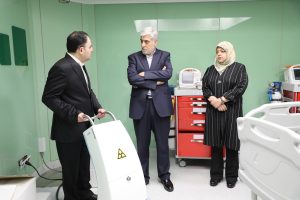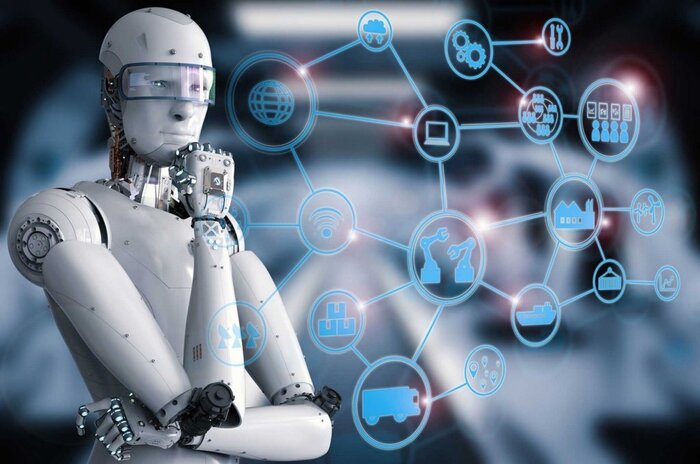
AI at the Edge of Rescue: Technology Taking Over Pulse of Health & Crisis Response
Barkat Health & Pharmaceutical Group: In a world simultaneously advancing in technology and drowning in complex health, environmental, and humanitarian crises, the need for transformation in how we diagnose, respond, and rescue has never been more urgent. Human capacity alone can no longer match the scale of information, threats, or the need for fast, accurate decisions. Artificial Intelligence (AI) has emerged not as a mere tool but as a strategic partner on the frontlines of these challenges. Especially in health and crisis management, AI has transitioned from being a supporting actor to a decision-maker.
This analytical report dives deep into the expanding and multifaceted role of AI in these vital domains.
Smart Medicine: Ending Late Diagnoses
One of AI’s most revolutionary contributions to medicine is its ability to detect diseases at their earliest stages—well before even experienced doctors could recognize them. Deep learning systems, trained on millions of medical images and clinical patterns, are capable of identifying early signs of cancer, heart failure, or neurological disorders with extreme precision. This level of accuracy not only saves lives through timely intervention but also reduces healthcare costs significantly. In the near future, AI may well challenge the traditional role of general practitioners in primary diagnostics.
Personalized Treatment: Medicine That Matches Your Genes
Traditional medicine relied on generic prescriptions for millions of patients. AI has transformed this model by analyzing genetic data, medical history, drug reactions, and lifestyle variables to design fully personalized treatment plans. The results are more effective therapies with fewer side effects. In complex diseases such as cancer, diabetes, or autoimmune conditions, personalized treatment can mean the difference between survival and deterioration. This new paradigm ensures that no two patients receive identical care—just as no two patients are exactly alike.
Digital Nursing: Continuous, Intelligent Patient Care
Thanks to wearable devices and AI-based monitoring systems, patient care is no longer confined to hospital visits. These smart systems can track real-time metrics such as heart rate, glucose levels, oxygen saturation, and even emotional states. Whenever critical fluctuations are detected, they instantly notify patients or healthcare providers. AI-driven monitoring plays a crucial role in chronic disease management, elderly care, and even emergency prevention. The result is 24/7, intelligent support—without needing a doctor at the bedside.
Fast Crisis Response: Seconds That Save Lives
When seconds determine the line between life and death, AI can act as a powerful force multiplier in emergency response. By processing real-time footage, satellite images, social media data, and local sensors, AI systems can detect and map disasters like fires, earthquakes, and mass accidents with remarkable speed. Even before responders arrive, AI can provide preliminary damage assessments, estimate casualties, and suggest the safest access routes. In these situations, AI is not just a support tool—it becomes an invisible command center.
Predicting Disasters Before They Strike
AI’s ability to forecast disasters using historical and real-time data is among its most game-changing features. For earthquakes, it can analyze seismic patterns, ground pressure, temperature anomalies, and even animal behavior to identify potential threats. For floods, AI uses rainfall data, river levels, and soil conditions to issue timely and accurate warnings. These predictions allow time for preparation and evacuation, turning reaction into proactive readiness and reducing human and economic losses dramatically.
Rescue Robotics: Where Humans Can’t Go
In dangerous zones—such as collapsed buildings, chemical spills, or wildfires—AI-powered robots can take the lead where humans cannot safely operate. Equipped with thermal cameras and gas sensors, they can detect survivors and map safe pathways. Some robots are even capable of administering basic first aid or transporting medical supplies. Drones, too, are proving indispensable by relaying high-resolution images and live updates to crisis teams. These tools enhance speed, accuracy, and most importantly, safety during critical rescue missions.
AI in Medical Resource Allocation
During a crisis, vital resources like ventilators, ICU beds, and medications must be deployed with maximum efficiency. AI systems analyze hospital data, population density, disease spread, and logistics to provide optimal distribution strategies. During the COVID-19 pandemic, these tools helped predict surges in demand and prevent health system collapse. The end result? Better use of limited resources and significantly lower mortality rates.
Ethical & Security Dilemmas: Trust vs. Power
As powerful as AI may be, it also raises serious concerns around trust, privacy, and bias. Poor data quality or biased algorithms can lead to life-threatening decisions. How do we protect sensitive health information? Who is legally responsible if an AI makes a mistake? Can AI-driven decisions ever be truly transparent? Without robust global legal frameworks and ethical oversight, the risk of irresponsible use remains a serious barrier to widespread adoption.
Future Is Already Here
AI is no longer the future—it is now operating in surgery rooms, hospital monitoring systems, disaster command centers, and even in our smartphones. As algorithms grow more advanced, devices more accurate, and regulations more defined, AI is poised to become the backbone of global public health and crisis resilience. It’s time to stop viewing AI as a tool and start embracing it as an integral part of human decision-making—for a smarter, safer, and more humane tomorrow.
-
Barkat Group specialized meeting
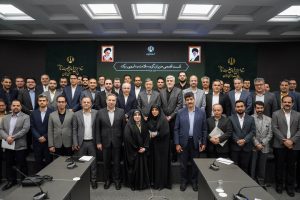
-
Safa Appointed as Barekat General Director

-
Barekat Health & Pharmaceutical Group at the 10th Iran Pharma Exhibition

-
Ali Safa visits Sobhan Oncology & Sobhan Darou
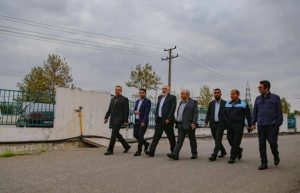
-
Pirsalehi & Safa visit Saman Daroo 8 Knowledge-based Company
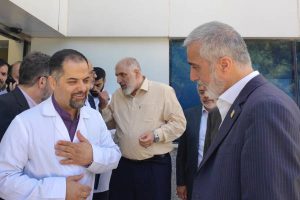
-
Barekat Managing Director Visits Samen Pharmaceutical Company
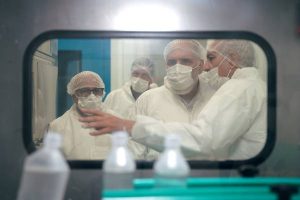
-
Honoring Pharmacists’ Day
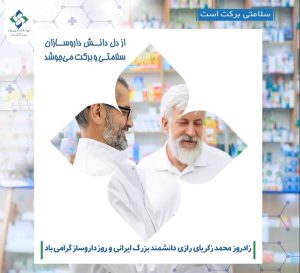
-
Barekat Top Executives Visiting to Barekat Hospital
